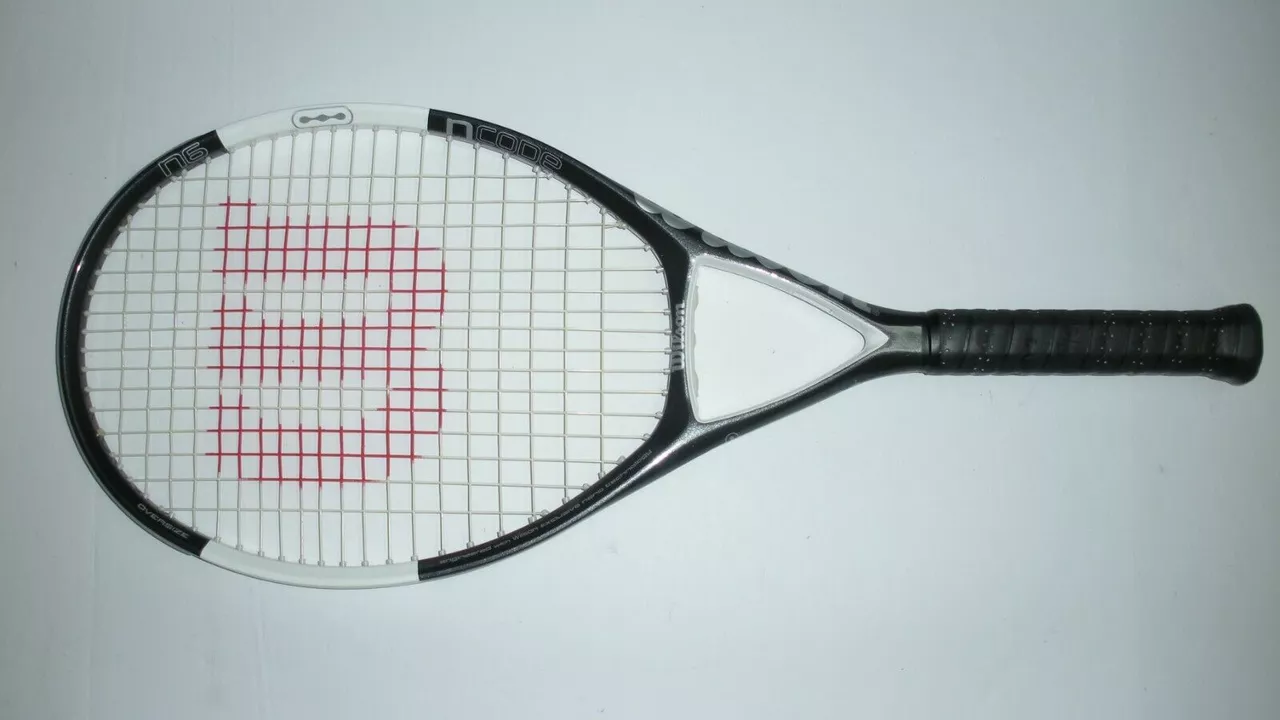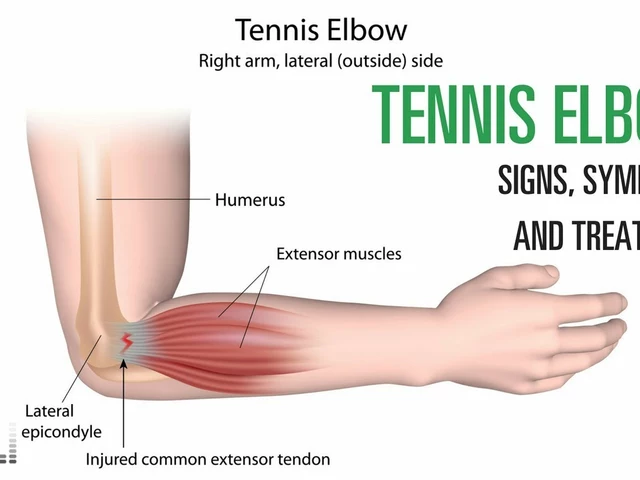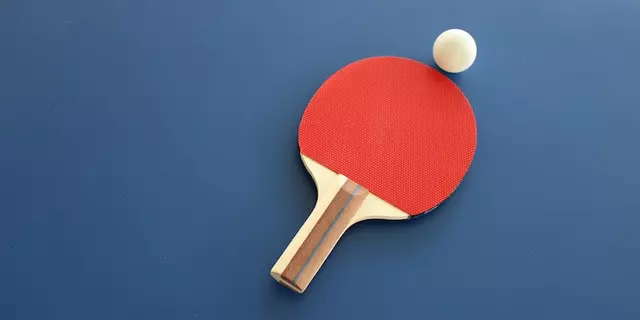
Understanding the Basic Structure of a Tennis Racket
Before we delve into examining why tennis rackets are generally hoop-shaped, it's important to understand their basic structure. A tennis racket consists of three main parts: the handle, the neck, and the head. The handle, also known as the grip, is where the player holds the racket. The neck, or shaft, connects the handle to the head. The head is the part of the racket where the strings are, and it's where the ball is hit. This head is hoop-shaped, and there are specific reasons as to why this is the universal design.
Reasons for the Hoop Shape: Energy Transfer
One of the main reasons for the hoop shape of a tennis racket is energy transfer. In simple terms, the hoop shape allows for the optimal transfer of energy from the racket to the ball. When a player hits a tennis ball, the energy from the swing is transferred to the ball, propelling it forward. The hoop shape of the head allows for a larger surface area, which means a larger sweet spot - the optimal place on a racket where you can hit a ball with the most power and control. The larger this spot, the more energy can be transferred, making your shots more powerful and accurate.
Importance of the Hoop Shape: Maneuverability
Another reason why tennis rackets are hoop-shaped is due to maneuverability. Tennis is a game of speed and agility, and players should be able to move their rackets quickly and with precision. The hoop shape, being lighter at the top, allows for better maneuverability. It's easier to swing and control, providing players with better ability to hit the ball at various angles and directions. This is crucial during intense matches where quick reactions and fast swings can make the difference between winning and losing.
Role of the Hoop Shape: Spin Control
The hoop shape also plays a significant role in spin control. When a player hits the ball with the racket, they can create different spins, affecting the ball's direction and speed once it leaves the racket. The hoop shape provides a larger surface area for the player to hit the ball, which increases the chances of creating the desired spin. This is particularly important in modern tennis, where topspin and slice strokes are commonly used.
The Evolution of the Hoop Shape
The shape of the tennis racket has evolved over the years, but the hoop shape has remained consistent. The first tennis rackets, made in the late 19th century, were much smaller and narrower. However, as the game evolved and became faster, the need for larger racket heads became evident. That's when the hoop shape started to become more prevalent. It provided a perfect balance between size, power, and control, which are all essential in the modern game of tennis.
Conclusion: The Perfect Balance
In conclusion, the hoop shape of a tennis racket provides the perfect balance of power, control, and maneuverability. It allows for optimal energy transfer, making your shots more powerful and accurate. It offers better maneuverability, which is essential for quick reactions and fast swings. Furthermore, it helps in spin control, allowing players to manipulate the ball's direction and speed. The hoop shape is a result of evolution and innovation in the game of tennis, and it's here to stay due to the plethora of advantages it brings to the court.





